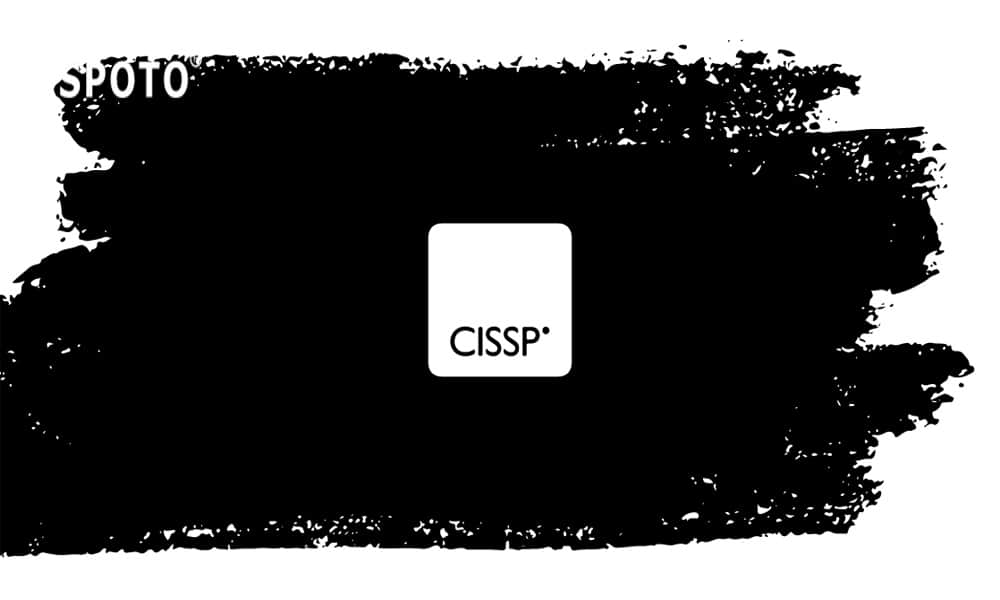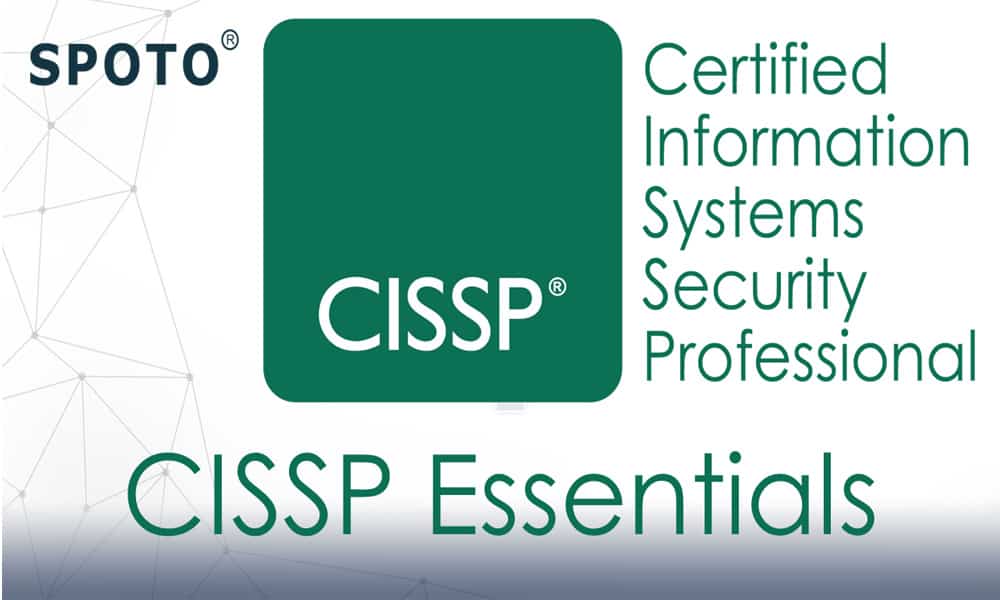cissp certificaton exam practices
SPOTO Club
2024-01-16
Security Models included in the CISSP Exam: Security models of control are to be utilized for determining about how security would be implemented, what subjects could be accessing the system, and what objects they would have access to. Simply stated, they would be a way to formalize security policy. Security models of control are typically implemented by enforcing confidentiality, integrity, or other controls. Keep in mind that each of these models would be laying out broad guidelines and is not specific in nature. Before we discuss them if you wish to have the CISSP in a single attempt, gain it by the prep courses available at SPOTO.
State Machine Model
The state machine model is going to be based on a finite state machine. State machines are going to be utilizing to model complex systems and deals with acceptors, state variables, recognizes, and transaction functions. The state machine would be defining the behavior of a finite number of states, the transitions between those states, as well as actions that could occur.
Finite state model
A state machine model is going to monitor the status of the system in order to prevent it from slipping into an insecure state. Systems that would be supporting the state machine model would need to have all their possible states examined to verify that all processes are controlled. The state machine concept is going to serves as the basis of many security models. The model is going to be valued for knowing in what state the system will reside.
Information Flow Model
The Information Flow model is considered to be an extension of the state machine concept as well as serves as the basis of design for both the Biba models and Bell-LaPadula models, which would be discussed in the sections that follow. The Information Flow model is going to consists of objects, state transitions, and lattice states. The real goal of the information flow model is preventing unauthorized, insecure information flow in any direction. This model and others could make the use of guards. Guards are going to be allowed the exchange of data between various systems.
Noninterference Model
The Noninterference model as defined by Meseguer and Goguen was designed for making sure those subjects and objects of different levels don’t interfere with the objects and subjects of other levels. The Noninterference model would be utilizing inputs and outputs of either low or high sensitivity. Each data access that would be attempted is independent of all others and data cannot cross security boundaries.
Bell-LaPadula
The Bell-LaPadula state machine model would be enforcing confidentiality. The Bell-LaPadula model is going to utilize mandatory access control to enforce the DoD multilevel security policy. For a subject in order to access information, he must have a clear need so as to know and meet or exceed the information’s classification level.
The Bell-LaPadula model would be defined by the following properties:
Simple security property (ss property)
This property would be stating that a subject at one level of confidentiality is considered wouldn’t be allowed to read the information at a higher level of confidentiality. This is sometimes would be referred to as “no read up.”
Star * security property
This property is going to state that a subject at one level of confidentiality isn’t going to be allowed to write information to a lower level of confidentiality. This would also be known as “no write-down.”
Strong star * property
This property states that a subject couldn’t read or write to the object of higher or lower sensitivity.
If you wish to learn more about the Security Models, you could do it through the prep courses offered by the SPOTO.
cissp certificaton exam practices
SPOTO Club
2024-01-16
Founded in 1989, (ISC)2 is considered to be a leading cyber-security organization that would be providing the training, education, and certifications for IT professionals and the organizations they support. A non-profit organization, (ISC)2 which would boast almost 140,000 members worldwide. The best way you would be able to prepare for it, you could have it through the SPOTO Club’s ISC online training
Earning as well as maintaining an (ISC)2 credential isn’t considered to be that easy. In addition to passing an exam, candidates would be required to meet experience requirements, which would be agreed to the (ISC)2 Code of Ethics, which would be submitting applications as well as endorsements, and pay an annual maintenance fee (AMF). SPOTO Club’s ISC dumps would be considered to be the best way to prepare for the ISC Certifications. Credentials would be considered to be valid for three years, and candidates would be required to earn continuing professional education credits (CPEs) to maintain the credential.
Let’s take a closer look at these certifications and see how the lower (ISC)2 certifications which would be compared to the pinnacle one is the Certified Information Systems Security Professional (CISSP).
Note that (ISC)2 doesn’t require candidates to meet the work experience requirements to sit for an examination. SO, if you have completed your training with some good training providers like the SPOTO Club’s ISC training sessions, you could give the exam and become an associate. You would be awarded the designation Associate of (ISC)2. Later you could complete your experience and earn the CISSP title.
ISC’s Certified Information Systems Security Professional (CISSP)
One of the most difficult as well as prestigious (ISC)2 certifications which would be obtaining is the CISSP credential. It would be targeted towards the experienced security professionals with advanced skills in designing, controlling, architecting, implementing, as well as maintaining cyber-security solutions and programs. CISSPs would be typically managers, auditors, analysts, system engineers, CISOs, and architects.
Systems Security Certified Practitioner (SSCP)
If you’re interested in infrastructure security, then Systems Security Certified Practitioner (SSCP) would be considered a credential worth exploring. The credential would be validating a candidate’s technical skill as well as the ability to administer IT infrastructures in accordance with established security guidelines, procedures, and policies. Also, you could use the SPOTO Club’s ISC Exam Materials to have it in a single attempt. SPOTO Club’s ISC Certification Dumps also includes the SSCPs, which would be possessing advanced technical skills and would be able to recommend and employ best practices and administer, implement as well as monitor security for IT infrastructures.
The SSCP is considered to be best suited for IT professionals who would be supported by operational IT infrastructure security for their organizations, like system administrators and engineers, security engineers, and network as well as security analysts. To maintain the credential, SSCPs would be earning 60 CPE credits during each three-year renewal cycle and you would have to pay an annual maintenance fee of $65.
SSCP vs. CISSP at a Glance
While CISSP is considered aiming at Infosec professionals in senior managerial security roles, the SSCP would be designed for network security engineers, security administrators as well as systems engineers. Therefore, the knowledge base would be needed to clear the SSCP is smaller, and an SSCP candidate would be needed only one year of security experience, as compared to the five years which would be required for the CISSP.
Thus, if you wish to have ISC Certification, SPOTO Club’s is the best place for you. SPOTO Club provides you the best training programs, which would be able to help you out in your gaining these certifications in a single attempt.

